The Bucks of Tecomate Hunt – African Edition - Day 1 and Day 2
Bucks of Tecomate - African Edition
Days 1 & 2 | Days 3 & 4 | Days 5 & 6 | Days 7 & 8 | Days 9 & 10
Date: August 28-Sept. 9, 2011
Where: Sentinel Limpopo Safaris in southern Zimbabwe
Booking agent: Burnt Pine Travel, Marietta, GA
Game: African antelope most like whitetails – bushbuck, nyala, kudu and eland – the spiral horns
Basic Gear:
Rifle – Sako A7 Tecomate in .300 WSM.
Ammo – Winchester Elite 180-grain XP3
Scope – Leupold VX-3L 4.5-14x50mm CDS (Custom Dial System)
Binoculars – Leupold 10x42 Mojave
Rangefinder – Leupold RX-1000 TBR
Shooting Sticks – Bog-Pod Red-Legged Devil Tripod
Clothing – Hunter’s Haven Apparel – Tecomate-Branded Custom Safari
Scent Control – Code Blue EliminiX
Aug. 28, 2011 – Left San Antonio for Washington D.C. Had to overnight in D.C. to make the connection out of JFK in NY to Johannesburg the next morning.
Aug. 29, 2011 – Departed JFK before noon on 16-hour nonstop flight to Johannesburg, South Africa. Watched a couple of movies, had dinner, and took a sleeping pill, without which the 16 hours would feel like an eternity. I’m accompanied by my favorite cameraman, Matthew Carmen, and old friend David Shashy. David’s after buffalo and elephant. I admit to a certain amount of envy. They are two of my favorites in Africa. It’s David’s first elephant hunt. He’s an old hand at buff.
Aug. 30, 2011 – Arrived J’berg early in the morning. Fair night’s rest. Laid over a few hours before hopping a flight to Bulawayo, Zimbabwe, where we cleared customs. You have to experience customs in third world Africa to appreciate what it’s like. Let’s just say that without spare cash and help from somebody who knows the ropes, we and our gear would likely still be there. A 5½-hour drive to Sentinel Limpopo Safaris (Sentinel for short). Arrived just in time to watch a fiery red sunset from a hilltop, brew in hand with a herd of elephants feeding 100 yards below. Ahh, Africa!!!!
Day 1: Aug. 31, 2011 – I’m hunting with PH Terry Anders. Great young man with lots of experience. Excited about hunting the spiral horns, the African animals most like whitetails. I find it interesting that the spiral horns, like the whitetail, are primarily browsers instead of grazers, though eland do some of both. And also like mature whitetail bucks, all but the eland are mostly loners, not herd animals. Male bushbucks, nyala, and kudu spend a lot of time alone or in small bachelor bands. Like whitetails, the females are often together in small groups with the young. The eland, the largest of all antelope at over a ton, is the exception. It is a herd animal; however, the older bulls are usually found in small bachelor groups. Of the spiral horns, the eland, being an open country animal, is most unlike the whitetail in its habitat and lifestyle, but in its elusiveness and wariness, it may well be the most similar. The eland is one wired animal! Make a mistake, bull eland will decamp immediately, never to be seen again!
Our hunt began in the Limpopo River bottom for bushbuck and nyala. After checking the rifle, we headed to the riverine forest. It’s dry season. The riverine forest has been hammered by countless animals hanging around the river, including the most destructive of them all, elephant. Almost never out of sight of game – warthogs, bush pigs, bushbucks, nyala, waterbucks, duiker, kudu, elephant, buffalo, and impala. So many eyes, ears, and noses make hunting one particular animal hard. Saw lots of bushbucks and nyala … almost always running or parts and pieces. Impala constant nuisance. Hunting bushbucks and nyala in the thick cover of the riverine is much like hunting whitetails in the riverbottoms of the South, except many more animals to contend with and elephants and buffalo to dodge!
Nyala berry trees, one of largest of all African trees with diameters over 10 feet across (appear even bigger since there’s almost always a big termite hill built around the base), are dropping olive-like fruit. The tree is well named. Nyala as well as bushbucks, kudu, and a myriad of other game, especially bush pigs, are crazy about them. Never seen so many bush pigs. Though nocturnal, nyala berries keeping them out during the day!

Strategy is to work from one nyala berry tree to another, trying to see what’s under them before being seen. Limited success. So many animals to tell on us … and birds. Franklins (a squawking grouse-like bird) and go-away birds are constantly sounding the alarm. Everything here knows their cries mean trouble. Just have to keep with it and hope we get lucky. Close a couple of times on both nyala and bushbucks but needed a few more seconds to judge and shoot. Constantly amazed how well the two trackers, Willie and Mulalazee, can see game, seemingly through brush.
Back at camp for lunch. Welcome respite. Feeling some jet lag but adrenalin keeps me going. Great food and camp crew. Our waiter’s name is Never, always ready to serve. Robert is the cook. Amazing what he can do on relatively primitive cooking equipment. Flan for lunch …
Back out at 3:00. An hour later, we got the drop on a big bushbuck eating nyala berries. Saw him at about 100 yards but too much brush for a shot. Had to move left and slip ahead 30 yards to get a clear line on him. Used the cover of a big nyala berry tree to close the distance. Once there, I slowly climbed the accompanying termite hill (watching for mambas and cobras) and peaked over to see if the bushbuck was still there. He was, completely unaware of my presence. Checked with Matthew, who was still 30 yards back with the camera locked on the bushbuck. (Cameras can shoot through brush better than rifles.) Got the thumbs up. Terry, who was just behind me, whispered, “He’s big, shoot him.” I steadied against the tree and loosed the Winchester 180-grain XP3 bullet when the crosshairs locked on the 100-pound animal’s shoulder. On impact, the beautiful little forest imp ran 40 yards and crashed to the parched earth.
Lots of celebration and awe at the beauty of this dainty animal. Love bushbucks. In behavior, senses, elusiveness, and habitat, they are truly a lot like the whitetail. A beautiful and challenging animal whitetail hunters will well relate to. But in truth, on the difficulty scale, the nod goes to the whitetail, in part, I’m sure, because the bushbuck and other African species simply aren’t as educated to hunters as whitetails. My fourth bushbuck. Pray Lord, not my last!

Spent last hour looking for nyala. Saw only young and females. No good bulls. David Shashy chased buffalo all day. Saw some. Got close to a couple of bachelor groups of dugga boys but came up empty. Buff can be surprisingly hard to approach, especially if they’ve been hunted. These had. David’s PH, Richard Brebner, had already taken a bull or two from a couple of these groups on previous hunts.
Day 2: Sept. 1, 2011 – Back to the riverine for nyala. Love hunting the forest. Cool, loaded with game, and for a whitetail hunter, very familiar. For both bushbuck and nyala, no other place to hunt them. They are habitat specific. Kudu more cosmopolitan. Found nearly anywhere there’s good cover – from riverine to hills to mopane scrub. They especially like the acacia thickets. Eland like the mopane scrub and plains, but there’s some even in the riverbottoms, mostly cows and calves.
Besides being very shy and skittish, nyala are exceptionally hard to see. Their dark gray color and rather humpbacked and shaggy bodies give them an indistinct profile. They literally melt into the dark forest shadows. Knowing this, they often stand perfectly still in deep shadow while you walk past. Their one weakness is their passion for nyala berries. We’re counting on that to be the downfall of a bull.

Hunted hard all day for nyala. Saw several good bulls but couldn’t get a shot. Very elusive. This isn’t going to be easy. Had several near opportunities blown by impala. They’re everywhere, constantly streaming by on the outer edges of vision like background music you get used to and hardy notice. But make a mistake - a broken limb, brush swishing clothes, or sudden movement in a patch of sunlight – the ever-vigilant impala are quick to snort and run, alerting everything around. Very frustrating.
On the way back to camp for the night, we passed one of the grandest Tecomate Food Plots on earth! Yes, a Tecomate Food Plot in Africa! It is a 250-acre irrigated food plot grown solely for the purpose of feeding wildlife. The plot consists of two crops – lucerne (alfalfa) and winter wheat. Alfalfa for high protein and wheat for energy – sound familiar? Well, it should. That’s the classic one-two punch of the Tecomate Food Plot Strategy. And, I’m happy to say that I had a hand in bringing this plot into existence.

When I first hunted Sentinel back in 1994, Digby and Vanessa Bristow, the owners of Sentinel, were trying to grow cotton and fighting a losing battle against the elements and the animals. Digby and I talked about his vision for the future, and it was clear the future was wildlife. I told him about what Gary Schwarz and I were doing with food plots to change wildlife management using serious agricultural practices to grow more and better food. As a result, we were producing more and bigger animals that ever thought possible and holding them closer to home! Digby liked that idea! With unlimited water for irrigation from the Limpopo, he could do it! I offered to send him a variety of seeds for testing. Within a couple of years, Digby was in the food plot business.
This being Africa, some adaptations had to be made to accommodate an insane number of mouths and hooves. It didn’t take Digby long to figure out two things. One, he had to protect the plot with an electrified fence. Two, he could NOT let the animals into the plot; rather, he had to take the food out of the plot to the animals! The dizzying number of animals eating and trampling the crop, not to mention compacting the soil, would quickly destroy the plot. So, the solution was to grow the food in the plots and take it out to the animals. Cheap labor makes this an effective solution.

Has it ever worked! The quantity and quality of game on Sentinel, especially within a few miles of the Limpopo where Digby concentrates his water and food management, must be seen to be believed. And these are NOT migratory populations. They live there because it’s a better place to live. Food plot nutrition is directly responsible for significant increases in game since my first trip back in 1994, especially nyala, bushbuck, waterbuck, warthog, and buffalo. Tecomate Food Plots work, even … no, especially, in Africa!
So, our second days ended with no buffalo or elephant for David. He did see a buffalo he wanted, though. Almost got him. Just needed a few seconds. Good bull with heavy bosses. Maybe tomorrow.
A comment on evenings in camp. The time of relaxation and storytelling before dinner is special. Sentinel’s fire pit overlooks the Africa savannah with a waterhole about 200 yards away. Every night we relax to the nighttime sounds and sights of Africa – the mournful hooping of hyena, elephants trumping, baboons in the rocks above warning of leopards real and imagined, and the bright Southern Cross spread across the clear African night. Throw in tasty beverages, some tiny African parched peanuts, and a dinner of impala or kudu steaks with longtime friends – the end of day is almost as good as the hunting … almost.

Join me tomorrow to see if I get my first ever nyala on the third and fourth day of our African hunt.
Bucks of Tecomate - African Edition
Days 1 & 2 | Days 3 & 4 | Days 5 & 6 | Days 7 & 8 | Days 9 & 10
Posted by David Morris
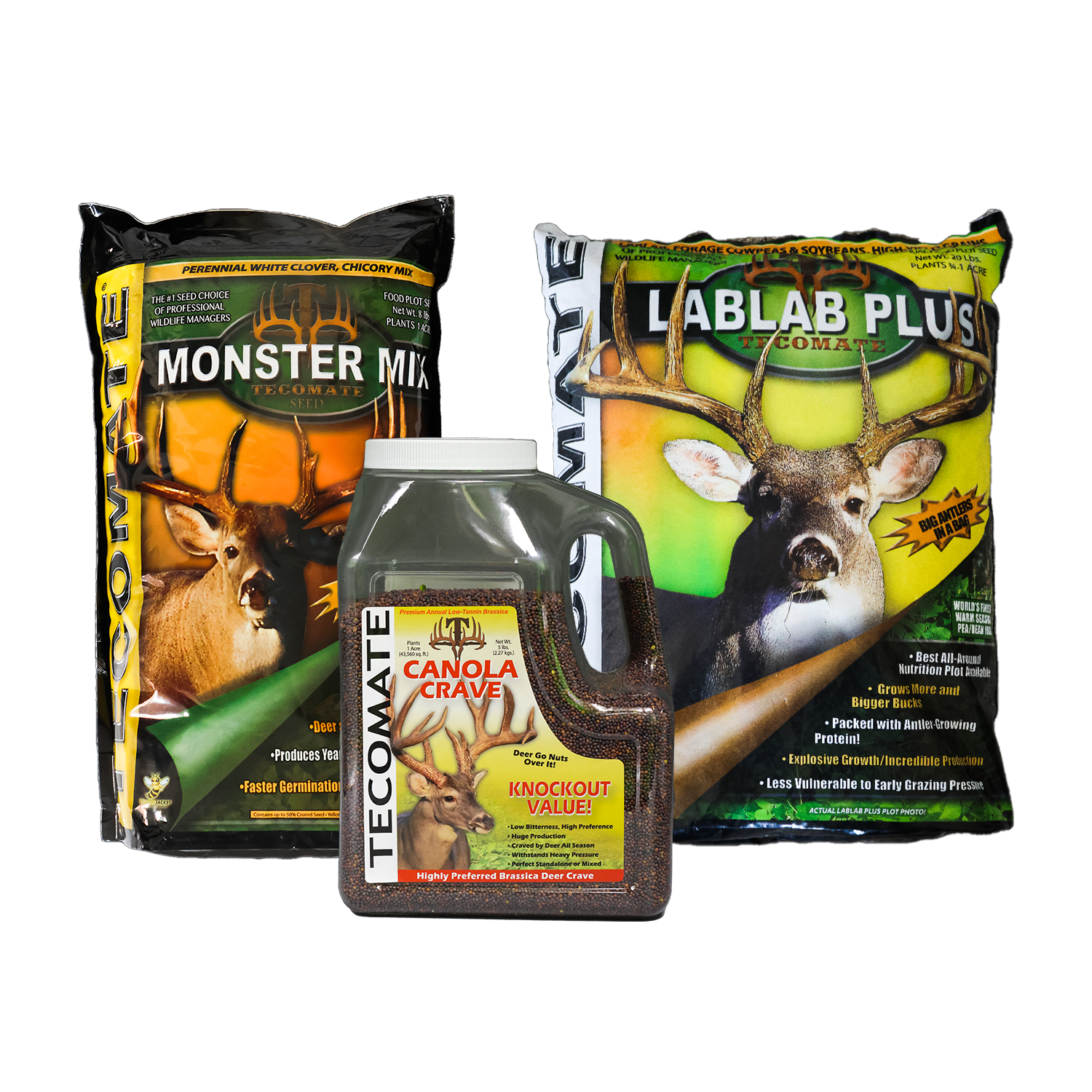
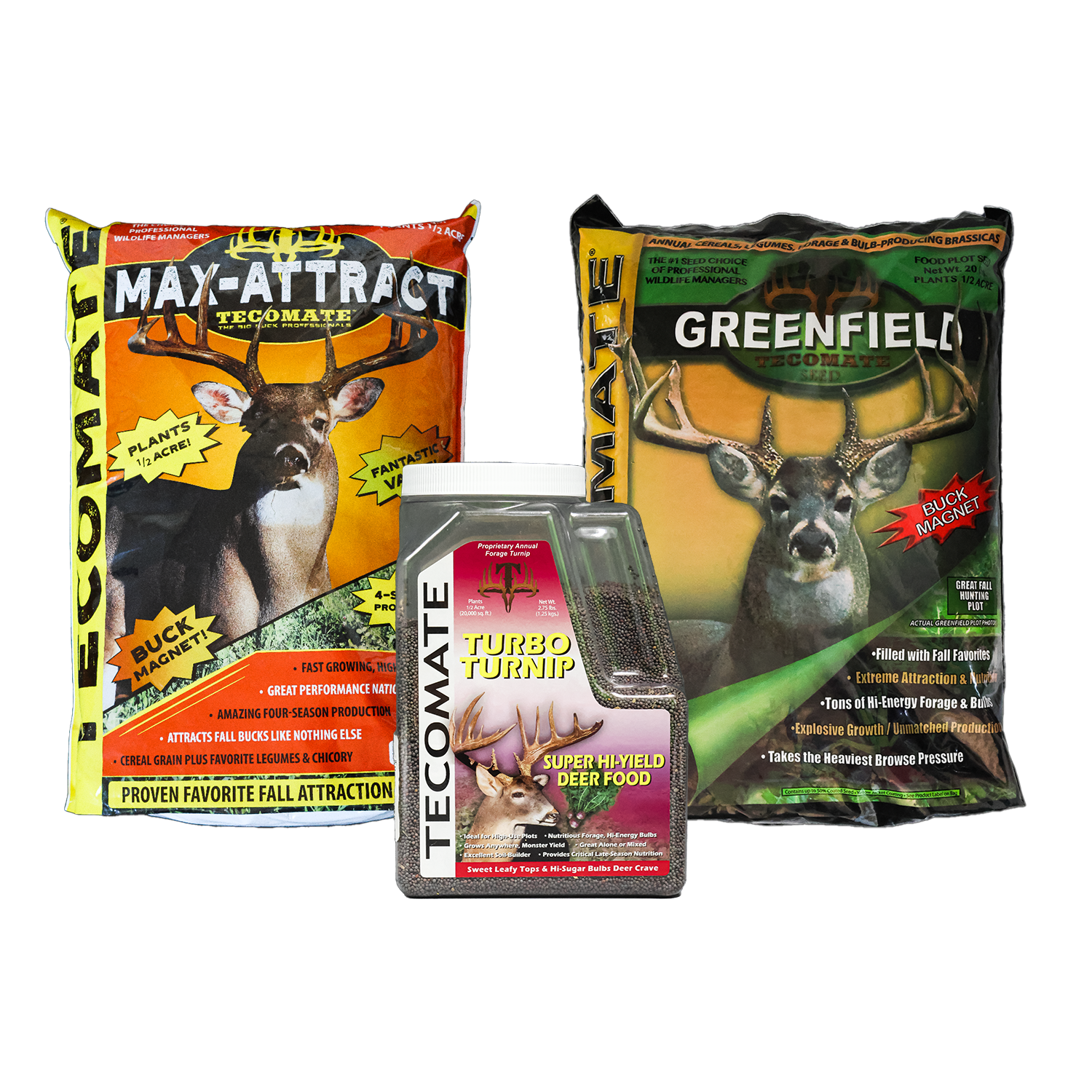
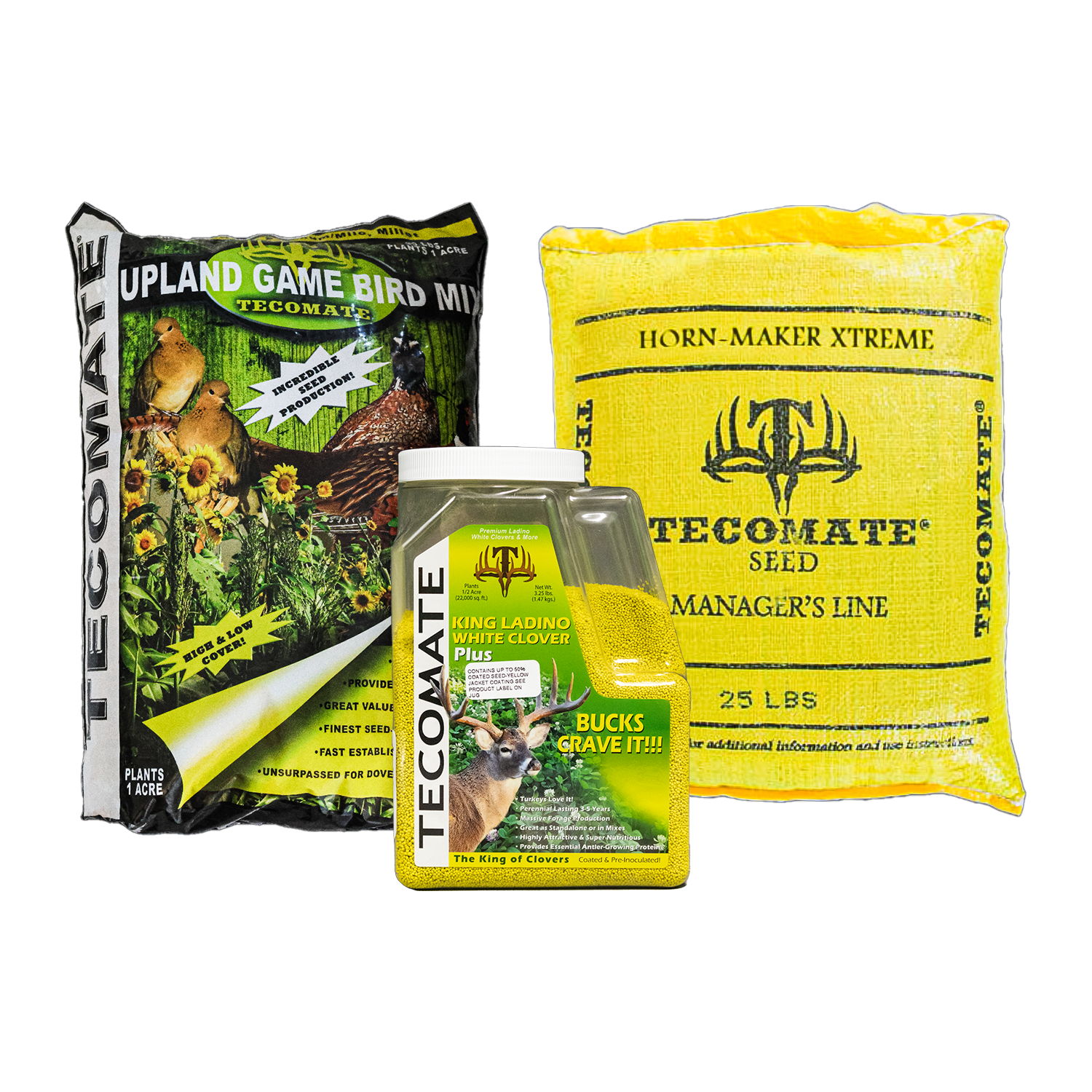
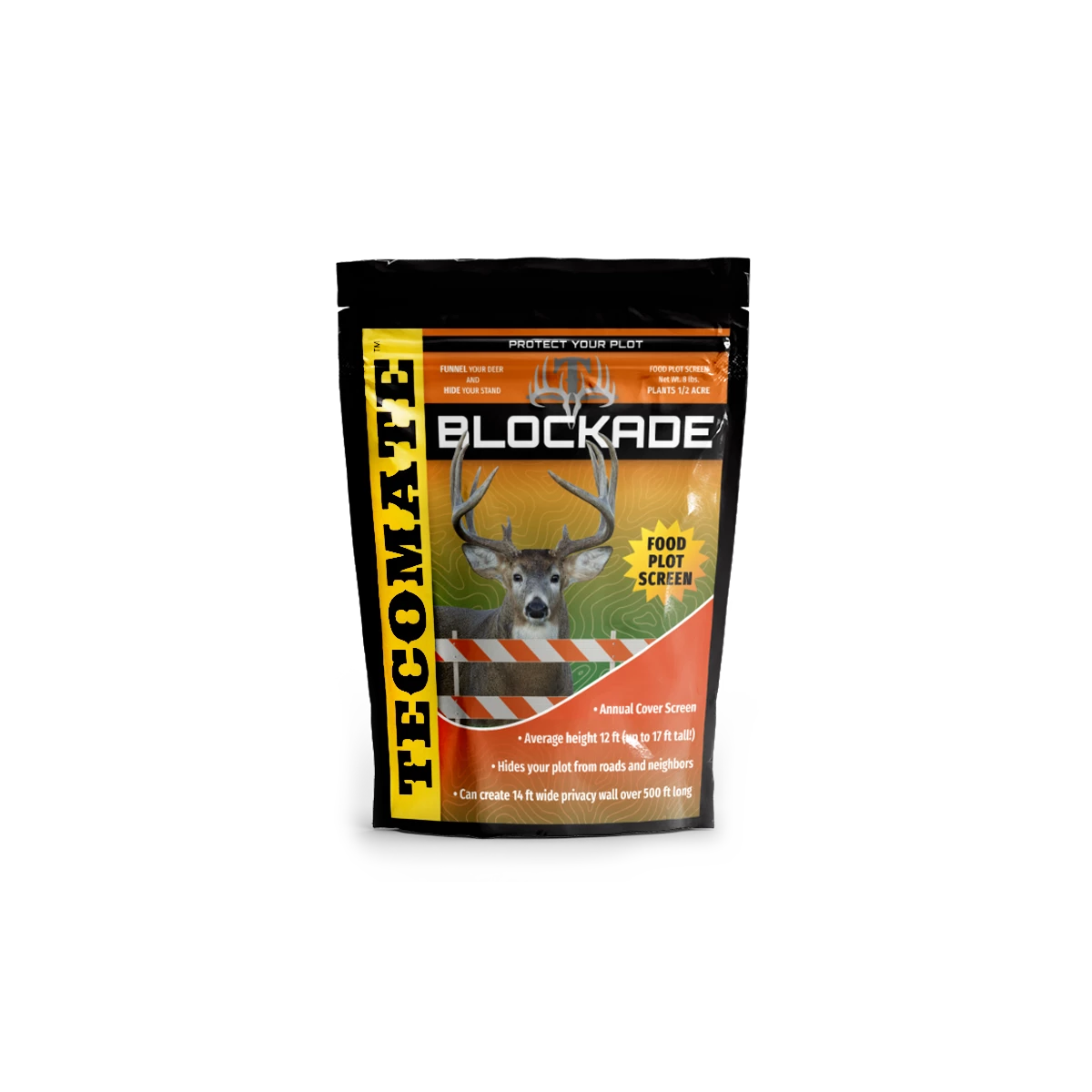
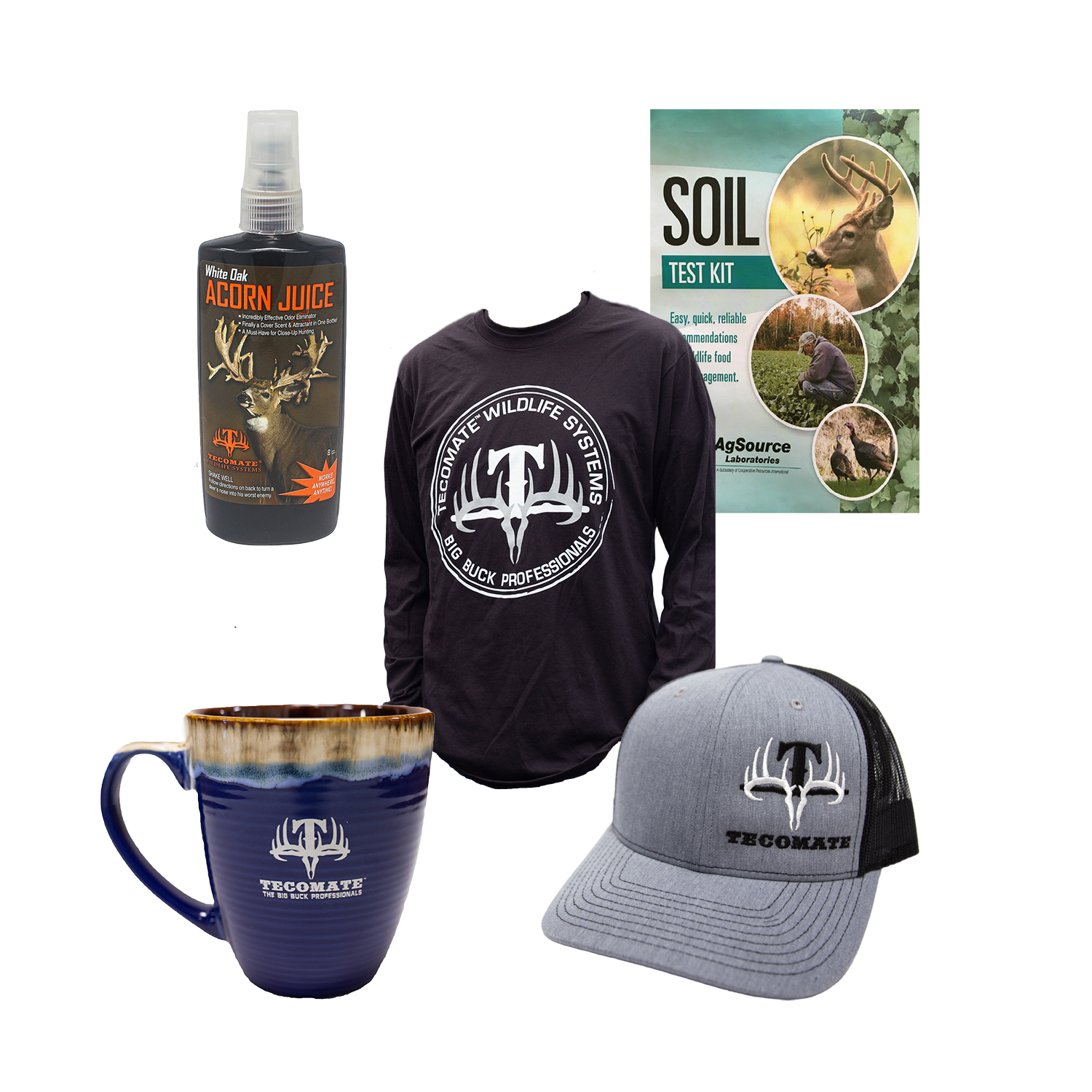

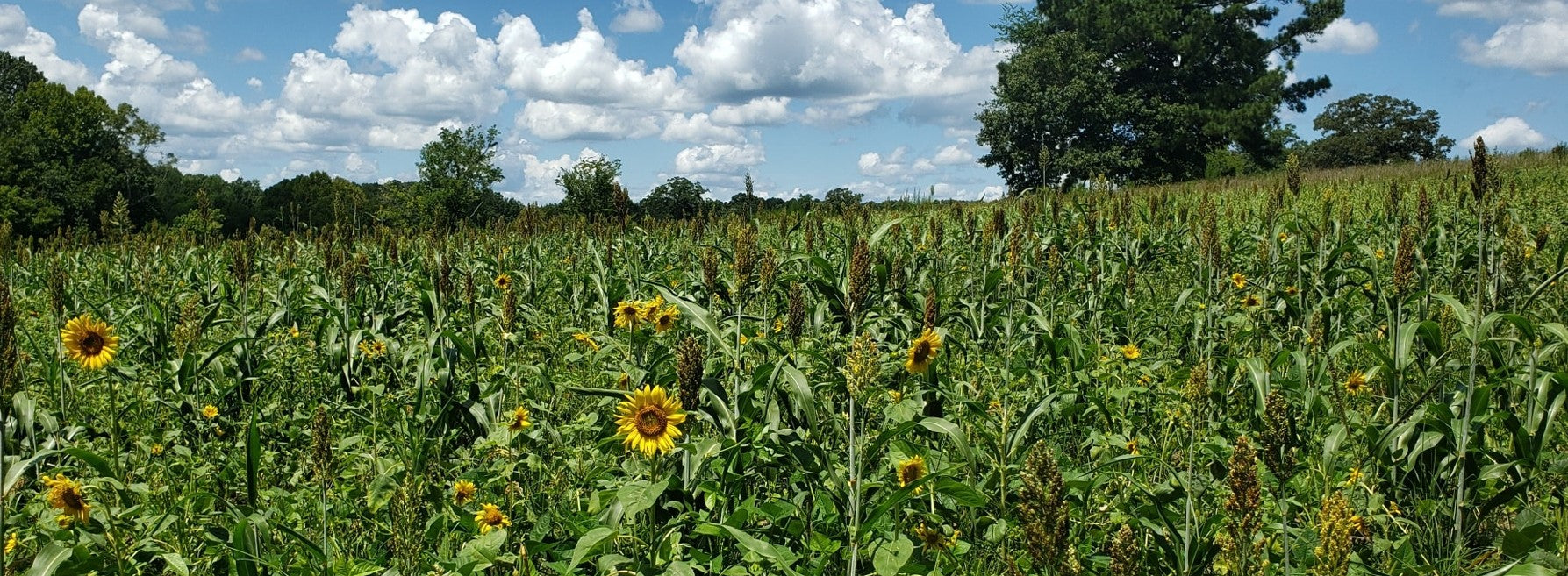
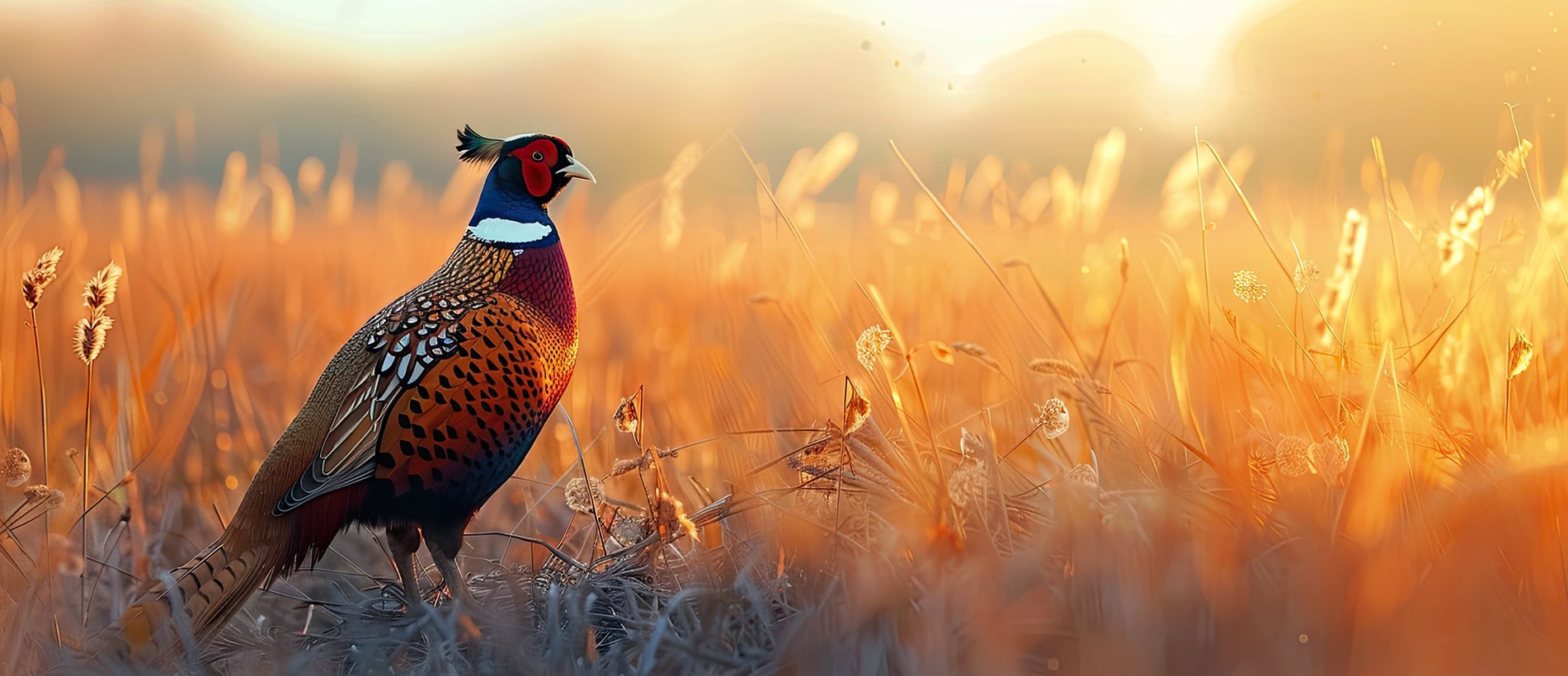


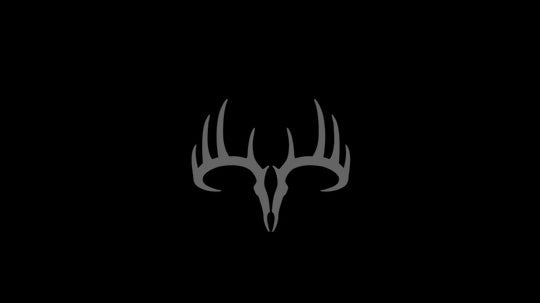
Leave a comment